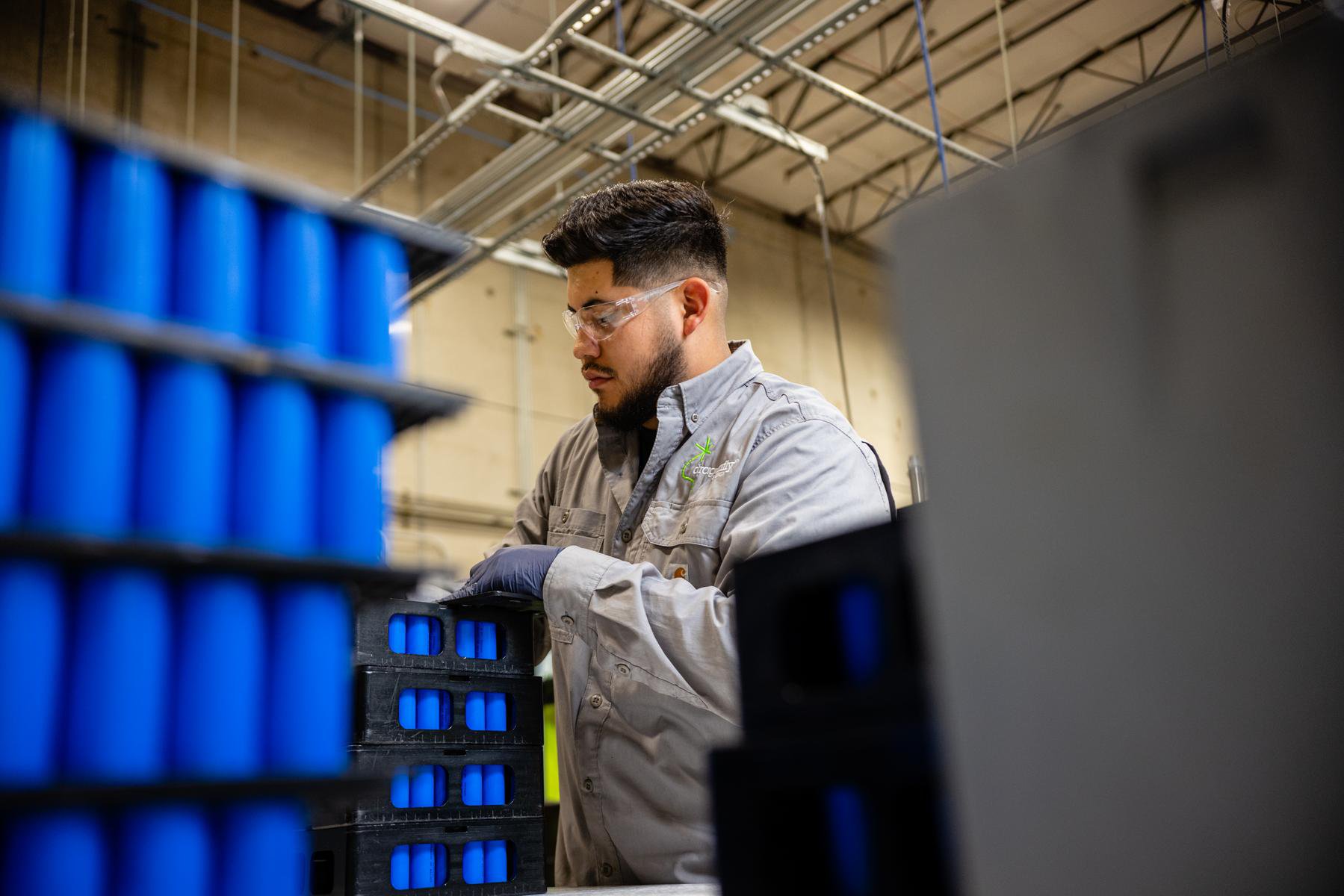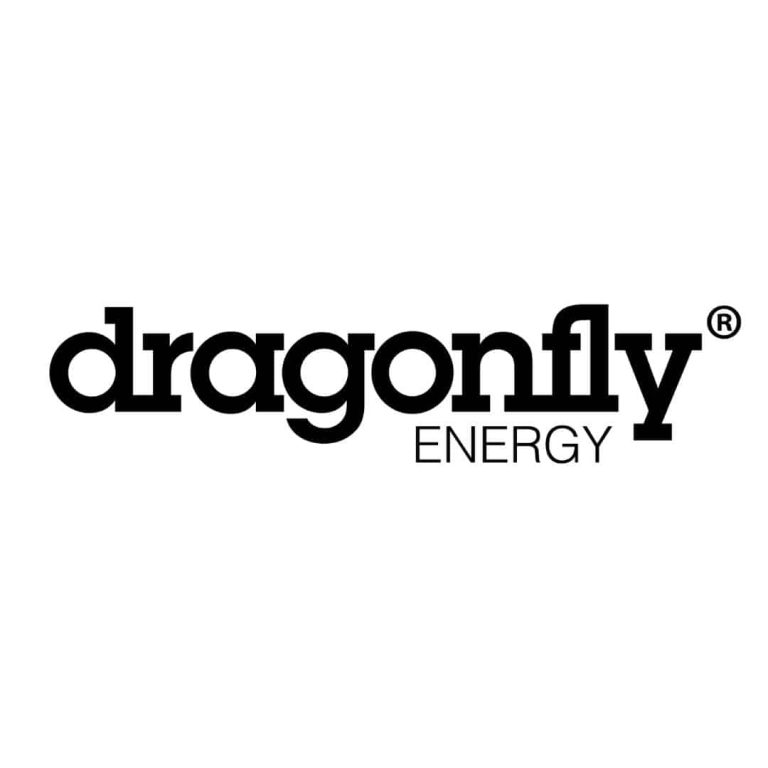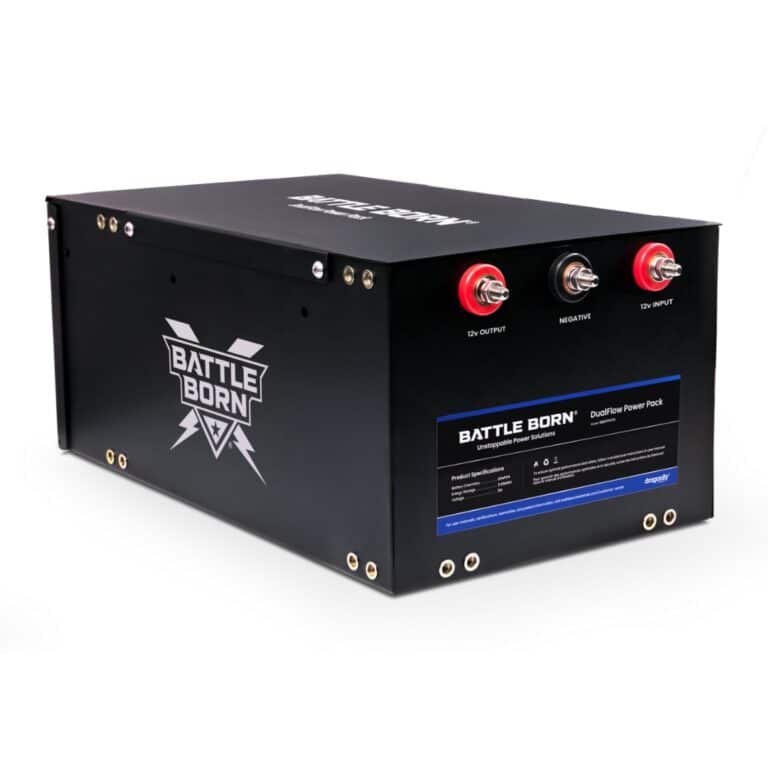Advancements in energy storage technologies have accelerated the uptake of reliable and effective renewable and distributed energy generation and storage solutions. Everything from the phones in our pockets to electric vehicles on the road relies on battery cell manufacturing. Against this backdrop, it’s no surprise that the fast-growing demand for highly energy-dense batteries has the manufacturing industry reeling.
Lithium battery manufacturers, who are presently the main focus of this skyrocketing demand, are already struggling to scale-up production. At the same time, entire industries are counting on these manufacturers. Add to that critical innovations and expanding renewable energy infrastructure, all of which also rely on lithium-ion batteries. As such, the potential knock-on effects extend to consumers and companies alike.
The fundamental question being debated in boardrooms and across dinner tables worldwide is how battery cell manufacturing will keep up with our collective needs. To answer that question, we first need to present a broad outline of the industry’s status quo.
The Current State of Battery Cell Manufacturing
It’s tempting to imagine that the increase in technology that’s fueling the lithium battery demand could level-out in the medium term. After all, devices like smartphones have already proliferated throughout the market. But consider the need to power households and electric vehicles. The demand for highly efficient and energy-dense battery technology using lithium-ion solutions isn’t slowing down anytime soon.
Not only are electric vehicles—which depend on lithium-ion batteries—rapidly ramping up production, but smart devices and technologies are increasingly infiltrating household and everyday appliances. Our reliance on technology, whether it’s lifesaving or simply time-saving, continues to escalate. The bottom line is that production needs to expand—and the faster the better.
There are, however, some roadblocks already confronting the industry—specifically, where and what lithium-ion batteries are made of. Battery production relies heavily on critical materials like lithium, cobalt, nickel, and manganese. Higher demand for these materials has, in turn, led to supply constraints and price volatility. This impacts battery production costs and lead times.
What’s more, expanding battery cell manufacturing capabilities requires substantial investment in facilities, machinery, and human resources. Building the necessary infrastructure, from gigafactories to recycling plants, is a time-consuming and capital-intensive endeavor. Attracting skilled labor is another a challenge.
What Does the Future of the Industry Look Like?
For the most part, the battery cell manufacturing industry is looking to the very near future as a pivotal benchmark. This is when accelerated production should be able to meet market demand. How, then, will manufacturers scale their output?
Industries are presently focused on building new facilities and upgrading existing ones. Gigafactories, which are massive battery production plants, are becoming more common worldwide. Notably, Nevada is on its way to being a global epicenter of lithium mining and battery production. As such, many leading companies are establishing a presence in the state to promote responsible domestic production.
Innovation surrounding battery technology is also helping raise energy density, which reduces charging times, improves safety, and extends equipment life cycles while keeping costs down. Plus, manufacturers are investing in recycling technologies and facilities to ensure a sustainable life cycle for batteries. This not only helps reduce the demand for raw materials but also lowers the environmental footprint of battery production.
Finally, the industry as a whole has already started adopting the concept of collaborative frameworks to help quickly scale up production. Manufacturers, along with governmental and regulatory bodies, want to harmonize standards to facilitate international trade, ensure safety, and promote sustainable practices. Together, these developments will help the entire industry take the necessary steps to jump-start these essential operations.
Getting Perspectives: Point of View from the Manufacturers and Customers
The impending—and ongoing—spike in demand for lithium batteries affects both manufacturers and their customers. Let’s take a closer look at both perspectives.

Manufacturers
Manufacturers are largely focused on identifying and targeting the existing issues that face the industry. Overcoming supply chain management, sustainability, and regulatory concerns in battery cell manufacturing needs to happen before operations achieve scale.
Even then, manufacturers also see the need to invest in research and development to improve battery technology. Specifically, they aim to enhance energy density, reduce costs, and improve safety features. The goal is to develop batteries that are more efficient, durable, and suitable for a wide range of applications, from consumer electronics and electric vehicles to energy storage systems.
Customers
From the customers’ perspectives, the reliability and quality of the devices they use is paramount. For instance, a common concern is battery malfunctions in electric vehicles. In the coming years, customers will expect battery innovations to improve the longevity of their devices’ charge while improving safety standards.
What’s more, customers likely want to see the costs of lithium-powered devices and appliances drop. For electric vehicles, in particular, the spotlight remains on affordable options and a wide network of charging stations to alleviate range anxiety. Therefore, both the initial and total costs of ownership are key factors in their purchasing decisions.
Companies on the Cutting Edge of Battery Cell Manufacturing
Despite the notable hurdles ahead, battery cell manufacturers are preparing for significant growth. Customers and manufacturers alike can expect to benefit from the increased durability, reliability, and sustainability of the resulting product.
That said, manufacturers don’t only have to scale up to meet demand. They also have to do so in a way that addresses environmental concerns and supply chain vulnerabilities. Meanwhile, customers are also becoming more conscious of their purchasing choices. They often opt for products that align with their values in respect to sustainability and ethical practices.
In this exciting and challenging environment, companies like Dragonfly Energy are leading the way to meet the demands of today’s customers. By focusing on cutting-edge technologies, sustainable practices, and a customer-centric approach, Dragonfly Energy stands out as a visionary company poised to power the next generation of electronic devices, electric vehicles, and renewable energy systems.
Learn more about Dragonfly Energy’s innovative technology.


